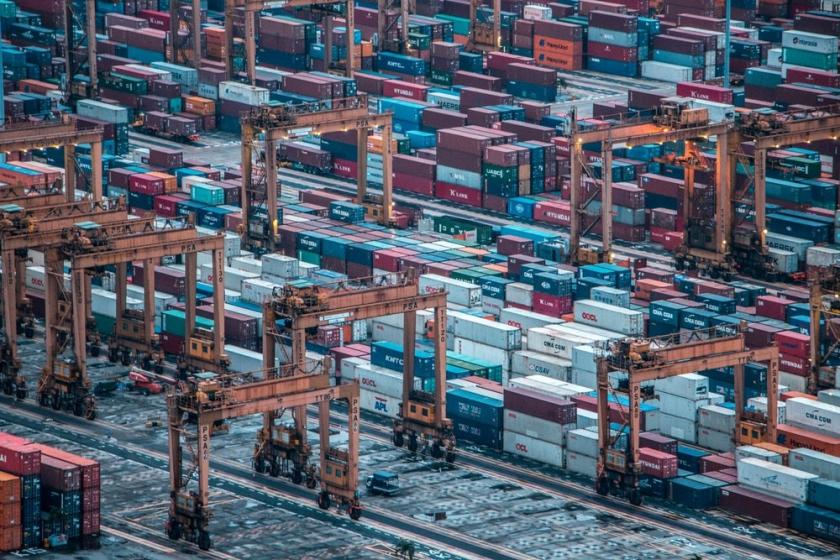IT Managers: Your Container Software Needs Hardware
Management tools that monitor power usage and gauge utilization provide a way for IT managers to align container and data centers strategies.
July 15, 2019

Containers have become go-to solutions for moving code, and this industry trend hardly appears fleeting. In comparison, virtual machines seem rigid. By eliminating virtual machines’ rooted hardware focus, containers can surface new innovation into operating systems like never before—and it’s paying off. The implementation percentage of containers across industries is growing at an outstanding rate. In fact, it’s predicted that more than 50 percent of companies will use containers in 2020, which a huge jump from just 20 percent in 2017. However, amid this container craze, it’s vital that IT teams remember the importance of hardware.
Noisy neighbors
The nature of containers makes them more fluid in provisioning, lifetime and migration, but the complexity makes them harder to work with. As the industry sees an overwhelming influx of container-driven operations, data centers are experiencing drastic power pulls that drain energy and dollars. This makes infrastructure inefficient. Just like noisy neighbors, over-containerization can ruin an environment. The side effects are vast and varied but almost always detrimental.
There is CI/CD pipeline pressure to push information into the main branch of code and then out to production fast—a gitOPS mentality. Not to mention, developing orchestration projects involves evolving functionality that can sometimes clash with container strategies. This results in telemetry data coming from automated testing and production applications that need to be incorporated in CI/CD. These all involve a lot of package management, orchestration and communication. Finally, when you get the application into production, you have to manage both its performance and resource availability at the bare metal level.
Ultimately, containers are disconnected and unfamiliar with the hardware native to their operating system. Data center management tools provide a simple solution for IT managers to bridge the gap between container and data centers strategies. These tools monitor power usage, gauge utilization across data centers and present data needed to create streamlined and efficient operations. Access to this data allows containers to do what they were meant to do: create an elegant and innovative solution for moving code.
Software needs hardware
Software and hardware aren’t—and can’t be—mutually exclusive. Containers can be selfish when it comes to energy, which is where data center management tools step in to provide granular insight into power consumption. This includes monitoring options for each server, rack, workload and application. Power monitoring not only allows data center managers to identify the amount of energy containers need to function, but also, how to best allocate energy across multiple containers. This crucial information can be the difference between optimized container functions and ones that drain server energy rather pointlessly. In this way, data center managers create a centralized management policy to avoid power pulls.
When it comes to strategy, understanding hardware can play a key role in container adaptability. Many data center management tools visualize power consumption and predictive modeling to assist containers in the ever-changing enterprise space. These insights will allow IT teams to give power to containers across their environment. Furthermore, they’ll be able to save resources and lower operational costs long-term. The results? Containers now have the energy to power innovation, and data centers are operating at maximum efficiency.
Although power pulls are a major industry concern, there is an opportunity with this dynamic. Since data center management tools show rare visibility into uptime and cross-platform consumption levels, this creates a chance to identify underutilized servers that could potentially support more containers. Containers are far easier to migrate than virtual machines, so server migration is likely to occur more often. That being said, data center managers will need to provide a recommendation quickly. However, with enough insight into long-term utilization trends and insights, teams will be able to consolidate and balance work across devices.
Studies show that the “container craze” isn’t just a craze. It’s practical new wave of virtualization that more and more companies are implementing to streamline processes. With the right hardware tools and understanding of data center performance, these two technologies result in efficiencies that will save time, money and a lot of head-scratching.
About the Author
You May Also Like


